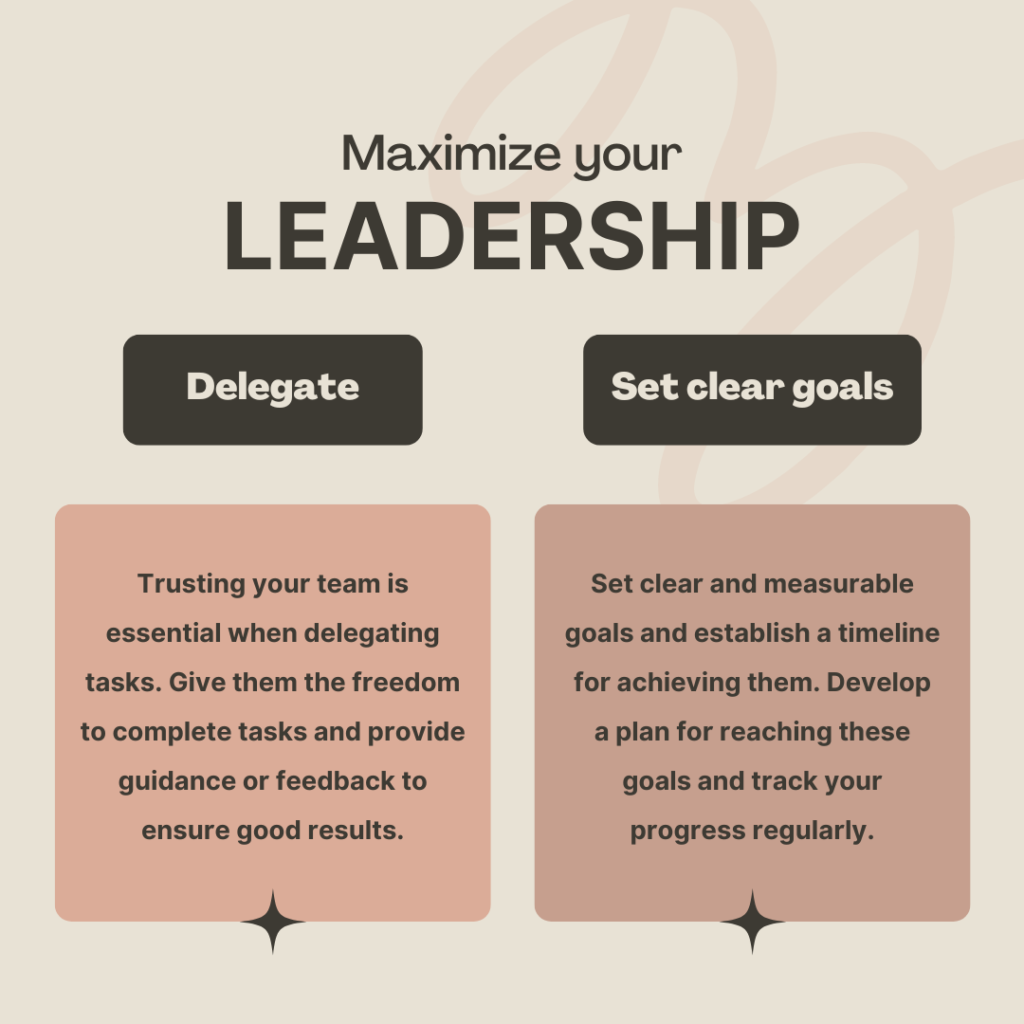Introduction
Personality and emotions are closely intertwined aspects of human psychology that significantly influence behavior and well-being. Understanding the relationship between personality and emotions helps in comprehending individual differences in emotional experiences and regulation. At ivyleagueassignmenthelp.com we help and guide students to explores how personality traits affect emotions, the mechanisms underlying this relationship, and the implications for mental health and personal development.

Defining Personality and Emotions
Conceptual Framework
- Personality: Enduring patterns of thoughts, feelings, and behaviors that distinguish individuals.
- Emotions: Complex psychological states involving subjective experiences, physiological responses, and behavioral expressions.
Major Personality Traits and Their Emotional Correlates
The Big Five Personality Traits (OCEAN)
- Openness to Experience
- Emotional Correlates: High openness is associated with experiencing a wide range of emotions, including curiosity, excitement, and aesthetic appreciation. Low openness may correlate with emotional consistency and resistance to change.
- Conscientiousness
- Emotional Correlates: High conscientiousness is linked to emotions like pride and satisfaction from achievements, as well as better emotional regulation. Low conscientiousness may relate to impulsivity and inconsistent emotional experiences.
- Extraversion
- Emotional Correlates: High extraversion is associated with positive emotions like happiness, excitement, and enthusiasm. Low extraversion (introversion) may correlate with more subdued emotions and contentment from solitary activities.
- Agreeableness
- Emotional Correlates: High agreeableness is linked to emotions like empathy, compassion, and love. Low agreeableness may correlate with competitive emotions and less concern for others’ feelings.
- Neuroticism
- Emotional Correlates: High neuroticism is associated with negative emotions like anxiety, sadness, and irritability. Low neuroticism correlates with emotional stability and resilience.
Mechanisms Linking Personality and Emotions
Emotional Reactivity and Regulation
- Emotional Reactivity: The extent to which individuals experience emotions in response to stimuli. For instance, individuals high in neuroticism tend to have higher emotional reactivity to stressors.
- Emotional Regulation: Strategies individuals use to manage and modify their emotional responses. Conscientious individuals often exhibit better emotional regulation strategies.
Cognitive Appraisal
- Appraisal Processes: How individuals interpret and evaluate situations, influencing their emotional responses. Openness to experience can lead to more varied and nuanced appraisals, affecting the range of emotions experienced.
Behavioral Tendencies
- Action Tendencies: Behaviors driven by emotions. For example, extraverts are more likely to seek social interactions when feeling positive emotions, while introverts may withdraw.
Neurobiological Bases
- Brain Structures: Variations in brain structures, such as the amygdala and prefrontal cortex, influence emotional processing and are linked to personality traits.
- Neurotransmitter Systems: Dopamine and serotonin systems are involved in emotional regulation and are associated with traits like extraversion and neuroticism.
Research Evidence on Personality and Emotions
Longitudinal Studies
- Development Over Time: Long-term studies show that personality traits predict emotional patterns and stability over the lifespan.
- Key Findings: Traits like neuroticism consistently predict higher emotional instability, while traits like conscientiousness predict better emotional regulation.
Experimental Studies
- Inducing Emotions: Experiments that induce emotions in participants reveal how different personality traits modulate emotional responses.
- Key Findings: Extraverts show stronger positive emotional responses to rewarding stimuli, while individuals high in neuroticism exhibit stronger negative responses to stressors.
Cross-Cultural Studies
- Cultural Influences: Research comparing different cultures shows how cultural norms and values shape the relationship between personality and emotions.
- Key Findings: Collectivistic cultures may modulate the expression of emotions in individuals high in agreeableness differently than individualistic cultures.
Applications and Implications
Mental Health
- Assessment and Diagnosis: Understanding the link between personality traits and emotional patterns aids in diagnosing and treating emotional disorders.
- Therapeutic Interventions: Tailoring interventions to fit personality profiles enhances therapy effectiveness. For example, cognitive-behavioral therapy (CBT) may be particularly effective for individuals high in neuroticism.
Personal Development
- Emotional Intelligence: Enhancing emotional intelligence by recognizing how personality traits influence emotional experiences and regulation.
- Stress Management: Developing personalized stress management techniques based on personality traits. For instance, mindfulness practices may be beneficial for individuals high in neuroticism.
Educational Settings
- Student Support: Providing emotional support tailored to students’ personality traits to improve academic performance and well-being.
- Social-Emotional Learning (SEL): Integrating SEL programs that consider personality differences to foster emotional and social skills.
Workplace Dynamics
- Employee Well-Being: Implementing wellness programs that address the emotional needs of employees based on their personality traits.
- Leadership Development: Training leaders to recognize and manage their own and others’ emotions, leveraging personality insights for effective leadership.
The Big Five Personality Traits and Emotional Correlates
| Personality Trait | Positive Emotional Correlates | Negative Emotional Correlates |
|---|---|---|
| Openness to Experience | Curiosity, excitement, aesthetic appreciation | Resistance to change, emotional consistency |
| Conscientiousness | Pride, satisfaction, emotional regulation | Impulsivity, inconsistent emotions |
| Extraversion | Happiness, excitement, enthusiasm | Subdued emotions, contentment in solitude |
| Agreeableness | Empathy, compassion, love | Competitive emotions, less concern for others |
| Neuroticism | Emotional reactivity, anxiety, sadness | Emotional stability, resilience |
Mechanisms Linking Personality and Emotions
| Mechanism | Description | Examples |
|---|---|---|
| Emotional Reactivity | Extent of emotional response to stimuli | High neuroticism linked to high reactivity to stress |
| Emotional Regulation | Strategies for managing emotional responses | High conscientiousness linked to effective regulation |
| Cognitive Appraisal | Interpretation and evaluation of situations | High openness linked to nuanced appraisals |
| Behavioral Tendencies | Actions driven by emotions | High extraversion linked to seeking social interactions |
| Neurobiological Bases | Brain structures and neurotransmitter systems | Dopamine related to extraversion, serotonin to neuroticism |
Conclusion
The relationship between personality and emotions is complex and multifaceted, influencing how individuals experience and regulate their emotions. Understanding this relationship provides valuable insights into behavior, mental health, and well-being. By recognizing how personality traits shape emotional experiences, we can develop tailored interventions in clinical settings, enhance personal development, improve educational outcomes, and foster better workplace dynamics.
FAQs
How do personality traits influence emotional experiences?
Personality traits influence how individuals perceive, react to, and regulate emotions. For example, extraverts are more likely to experience positive emotions, while individuals high in neuroticism are more prone to negative emotions.
Can emotional regulation strategies vary based on personality?
Yes, individuals with different personality traits may prefer different emotional regulation strategies. For instance, conscientious individuals often use planning and problem-solving, while those high in neuroticism may benefit from mindfulness practices.
How can understanding the relationship between personality and emotions improve mental health treatment?
By tailoring therapeutic approaches to fit individual personality profiles, mental health professionals can more effectively address emotional disorders and enhance treatment outcomes.
What role do cultural differences play in the relationship between personality and emotions? Cultural norms and values influence how personality traits are expressed and how emotions are regulated. Cross-cultural studies show variations in emotional experiences and regulation based on cultural context.
How can educators use knowledge of personality and emotions to support students?
Educators can provide emotional support tailored to students’ personality traits, integrate social-emotional learning programs, and create supportive learning environments that enhance both academic performance and emotional well-being.
Why is it important for leaders to understand the relationship between personality and emotions? Effective leadership involves recognizing and managing one’s own emotions and understanding the emotional needs of others. Knowledge of personality and emotions helps leaders foster positive workplace dynamics and improve employee well-being.

